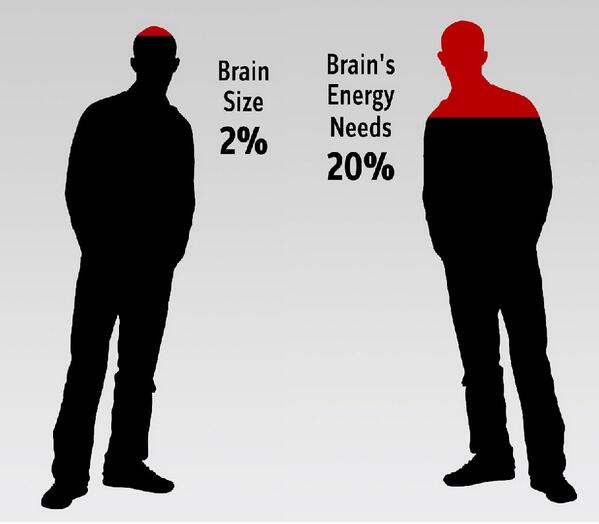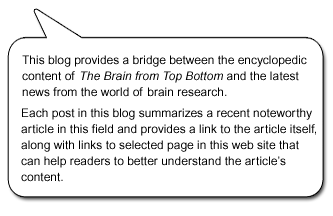Monday, 19 May 2025
Why does your brain consume so much energy?
 Your brain accounts for only about 2% of your body weight, but 20 to 25% of all the oxygen and glucose that your body consumes. Why this vast disparity? Until about 20 years ago, people tended to think of the brain as an organ that waited passively for stimuli and then reacted to them. But more recent neuroscientific research paints a very different picture of the brain, as an organ constantly engaged in intrinsic, spontaneous activity. Metaphorically, people used to imagine the brain as a calm, flat body of water, onto which a drop of rain occasionally fell and created a few ripples. Now scientists have shown us that the brain is a place where it is always raining, so that when one drop of rain falls, the small disturbance that it creates merges into something larger that is already highly active.
Your brain accounts for only about 2% of your body weight, but 20 to 25% of all the oxygen and glucose that your body consumes. Why this vast disparity? Until about 20 years ago, people tended to think of the brain as an organ that waited passively for stimuli and then reacted to them. But more recent neuroscientific research paints a very different picture of the brain, as an organ constantly engaged in intrinsic, spontaneous activity. Metaphorically, people used to imagine the brain as a calm, flat body of water, onto which a drop of rain occasionally fell and created a few ripples. Now scientists have shown us that the brain is a place where it is always raining, so that when one drop of rain falls, the small disturbance that it creates merges into something larger that is already highly active.
This major paradigm shift originated in the observation that the brain generates neural activity patterns spontaneously, regardless of what is happening in the individual’s environment. In your earliest stages of development, you may see no apparent connection between these patterns and the world around you. But they become more meaningful as you grow, acquire experience and begin to see how your actions in certain situations affect the world around you.
From the Simple to the Complex | Comments Closed







